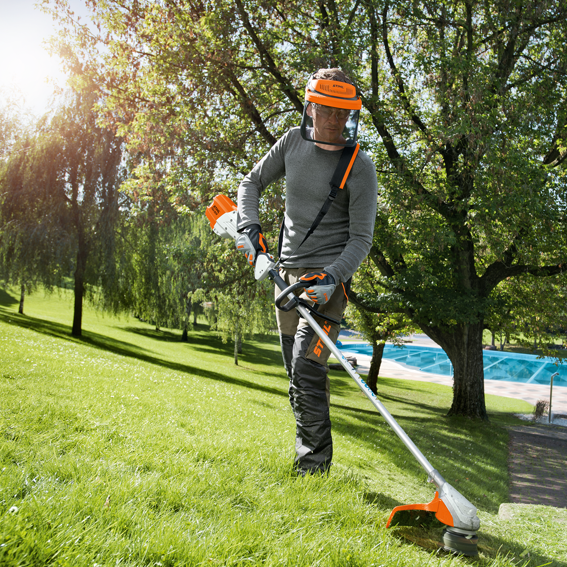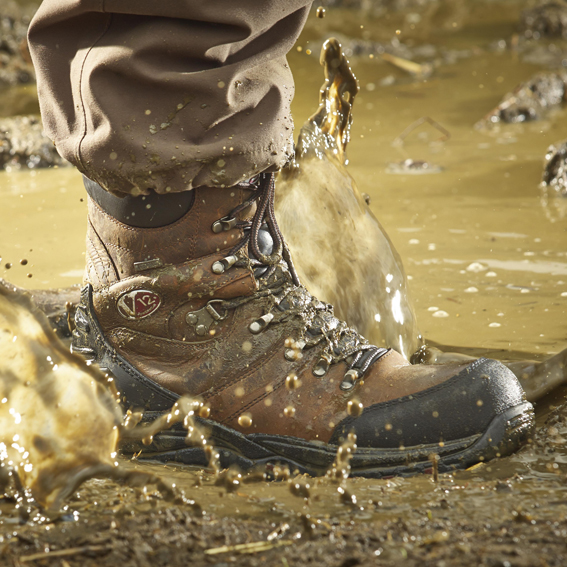
A Guide to Workwear PPE regulations
If you employ outdoor workers, then your responsibility for keeping them safe involves ensuring they are provided with the right Personal Protective Equipment (PPE). In this guide, I want to review the various types of PPE and the requirements for employers.
Personal Protective Equipment at Work Regulations 1992
All Personal Protective Equipment must comply with Personal Protective Equipment at Work Regulations 1992. This requires sufficient PPE to be supplied by the employer, wherever there are risks to workers’ health and safety that cannot adequately be controlled in other ways. It also requires that all PPE meets certain safety requirements regarding its manufacture and maintenance, notably the compliance with CE certification.
The 1992 PPE at Work Regulations require that all the PPE your employees use is properly stored and carefully maintained. It’s subject to wear and tear, especially in the outdoors environment, so regular checks should be made. All your employees must have access to the instructions for using PPE, know who is responsible for PPE and what to do if they have a question.
Assessing the Risks
You need to be very clear exactly what your staff need protecting against. For example, for those working outdoors, eye protection which offers good protection against agricultural chemicals may not be effective against wood or stone debris and dust. It’s essential then that you understand the exact nature of the work your outdoor employees will be undertaking and what kind of PPE will be required.
Carrying out a proper risk assessment will identify risks, including excessive noise that may require ear protection, dangers from falling objects, working in low light and other potentially hazardous situations.
Your supplier of PPE may be able to offer helpful advice, as can the British Safety Industry Federation. There’s also a lot of helpful information on the HSE website.
Kinds of PPE
One way of categorising personal protective equipment is to look at the area of the body that it’s designed to protect. Not every worker will need every kind of PPE, so it’s helpful to assess the risk and then investigate the equipment. Make sure that the PPE properly fits your workers and that they know how to secure and wear it properly. You also need to take into consideration any existing health issues your workers may have (short sighted workers who require glasses, for example, will clash with the wearing of safety glasses, requiring an alternative solution).
Head Protection
Many inside and outside workers will need appropriate protective headgear. Whether they’re working in a forest or a building site, falling objects can injure or even kill the unwary and unprepared. In addition to the head, the eyes, ears, nose and mouth may also need protection. Some helmets are designed with eye, face and neck protection built in, as well as ear protection to protect from excessive noise.
Eye Protection
Sometimes providing separate safety glasses or face shields is appropriate. The PPE at Work Regulations do not cover motorcycle and cycle helmets, respiratory protection and hearing protection because these are provided for elsewhere. They do still need to be compatible with any other PPE being used, though. The Employment Act 1989 exempts turban-wearing Sikhs, who are working on construction sites, from having to wear head protection.
Torso and Skin Protection
Working outside exposes employees to all kinds of conditions, so protecting the skin from the weather is important. Sometimes, chemicals which are harmful to the skin are in use. Protective clothing may need treating to repel chemicals or water, or it may need to be thick or even armoured to protect from sharp debris, thorns or branches. This is also the case if your workers are working with hazardous cutting equipment like chainsaws. It may need to be high visibility for workers in areas with poor lines of sight or poor lighting. Safety clothing might also include safety harnesses, especially for employees who work at height, or life jackets for people who are working on or near water.

Feet and Leg Protection
Work boots require a range of solutions. If there is a danger of injury from heavy objects, then steel toecaps and reinforced boots need to be a priority. If the employee is going to be climbing trees or walking on slippery ground, then the soles of the boot will need a strong grip. Leggings or gaiters are also available, to provide extra protection from environmental hazards ranging from water to chemicals or even electricity. Certain machinery will necessitate specific types of trousers, for example, brushcutter trousers with shin protection for workers using strimmers or brushcutters, or chainsaw protective trousers for chainsaw users.
Hands and Arm Protection
Some workers need heavy duty gloves, whilst others might not. Gloves can also protect employees working with heavy machinery like chainsaws or pneumatic drills from damage caused by long exposure to vibration. Whilst gloves provide protection, they can sometimes cause a reduction in dexterity, so you need to carefully consider the type and quality of gloves needed. You also need to consider the material that the gloves are made from – some material is absorbent, which might be a problem if your employees work with chemicals. Be aware of any allergies, as quite a few people are allergic to latex, for example. The Health and Safety Executive publish a useful guide on choosing gloves for people who work with chemicals.
Chainsaw Operators and Employees Working at Height
Chainsaws can be very dangerous so the correct PPE, training and maintenance are essential. People working with chainsaws need helmets with ear protection, glasses or mesh visor to protect the eyes, chainsaw trousers, chainsaw boots and chainsaw gloves, in addition to other PPE such as high visibility wear.
Nobody under the age of 16 should be allowed to operate a chainsaw. Because chainsaws are so dangerous, the HSE has published very specific guidelines as to their safe use and also guidelines about the manufacturing standards for chainsaw PPE.
